In Ukraine, green energy develops quite actively and no less active measures are taken to attract the public to this topic. Formation of ecological consciousness is the guarantor of further popularization of “green” technologies and careful attitude to nature.
The beginning of September in the capital will be held under the auspices of alternative innovations. During the 1st and 2nd of September there will be an event called TeslaCamp.
 The participants of the environmental camp will have the opportunity to listen to 19 leading speakers in the field of alternative energy, to join in summing up the results of the world’s largest green start business competition, get acquainted with domestic “naturally friendly” projects and just relax on the banks of the Dnieper.
The participants of the environmental camp will have the opportunity to listen to 19 leading speakers in the field of alternative energy, to join in summing up the results of the world’s largest green start business competition, get acquainted with domestic “naturally friendly” projects and just relax on the banks of the Dnieper.
The main issues to be raised in the camp this year will be:
– Decentralization in the field of energy;
– ways to support RES;
– “green” export;
– creation of micro-networks;
– providing cyber security;
– Search for investments and innovative technologies.
The innovation of this year’s event will be the organization of a demonstration ground. In this zone, the latest developments of firms from Ukraine will be presented. Event organizers reported that the demonstration site would include the following technologies: solar equipment for brewing; wireless socket Meredot; accessories that function with the Stirling motor, etc.
According to the director of TeslaCamp Zinchenko Andriy, the organizers of this year’s event tried to create the most comfortable conditions for the participants not only while listening to the theoretical part, but also during the rest.
Speakers of the event are involved in various fields: expert, engineering, business and even state authorities. The organizers selected 19 specialists from different fields to consider the prospects of alternative energy development in Ukraine from different perspectives. In addition, this approach will allow you to get acquainted with different thoughts, experiences and form a comprehensive view of the “green” energy of our country as a whole.
Participants of the event will have an opportunity to spend “energy” weekends, combining education and recreation.
The tradition has already begun yesterday since the so-called zero day. On this day, a master class was organized where everyone could get acquainted with the energy system that was created specifically for the energy supply of the camp. The lesson was held under the direction of Khomenko Viktor, a specialist in the field of photovoltaic systems.
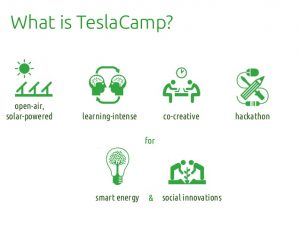 The camp was opened on September 1 and marked the final stage of the international format competition called ClimateLaunchpad. The winner of this competition was the opportunity to take part in the global finals of the Global Grand Final, which will take place in Scotland. This year, the competition presented 9 “green” innovations from Ukrainian developers.
The camp was opened on September 1 and marked the final stage of the international format competition called ClimateLaunchpad. The winner of this competition was the opportunity to take part in the global finals of the Global Grand Final, which will take place in Scotland. This year, the competition presented 9 “green” innovations from Ukrainian developers.
In addition, the camp will familiarize with local examples of the introduction of alternative technologies. In particular, the experience of switching to alternative energy communities from different regions of our country and the features of creation of energy co-operatives will be presented. Representatives from Zhytomyr region will serve as an example of energy associations.
Participants in the camp who are under 12 years of age have the opportunity to take part on a free basis. The only condition – they should be in the west, accompanied by their parents.
For children, the special program on the initiative of the Children’s School of Modern Technologies LIKS will be organized on the territory of the event.
Participants will be able to stay in the tent campus as desired.











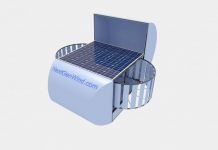
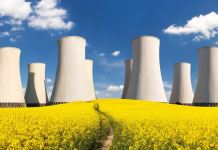


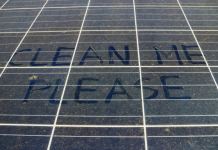

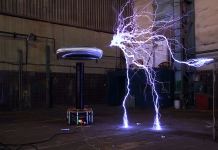


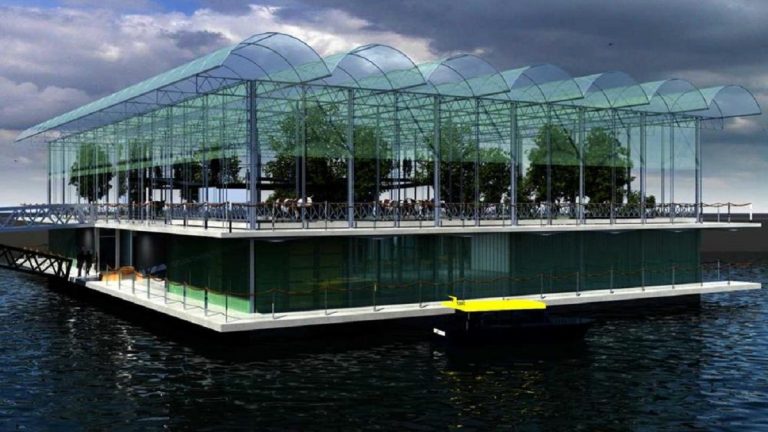
 About 80 percent of the animal feed on the farm will come from local restaurants (waste), breweries and mills. In addition, the ration of cows will be supplemented with grass sloping from the lawns of the city of Rotterdam. In addition to these ways of obtaining food for animals, the project has an area on a platform that will be planted with grass.
About 80 percent of the animal feed on the farm will come from local restaurants (waste), breweries and mills. In addition, the ration of cows will be supplemented with grass sloping from the lawns of the city of Rotterdam. In addition to these ways of obtaining food for animals, the project has an area on a platform that will be planted with grass. “Jellyfish” have a special system of tentacles, which during the movement are engaged in garbage collection in water bodies. Aquaponic gardens inside the facility produce environmentally friendly and healthy food. Also in the eco-farms, special water treatment systems are installed.
“Jellyfish” have a special system of tentacles, which during the movement are engaged in garbage collection in water bodies. Aquaponic gardens inside the facility produce environmentally friendly and healthy food. Also in the eco-farms, special water treatment systems are installed.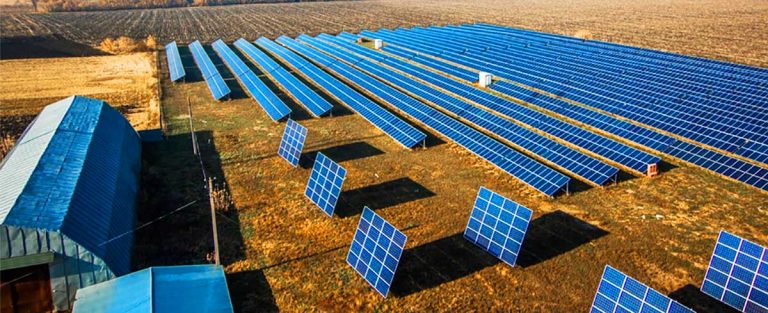
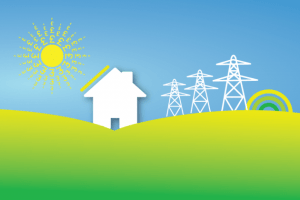 The law on the introduction of “green” auctions of industrial capacities of renewable energy in Ukraine regulates a complete transition to such a system of interaction in the energy market, starting from 01.01.2020.
The law on the introduction of “green” auctions of industrial capacities of renewable energy in Ukraine regulates a complete transition to such a system of interaction in the energy market, starting from 01.01.2020.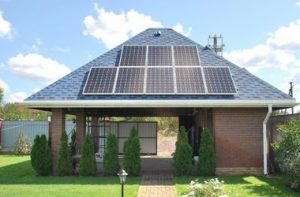
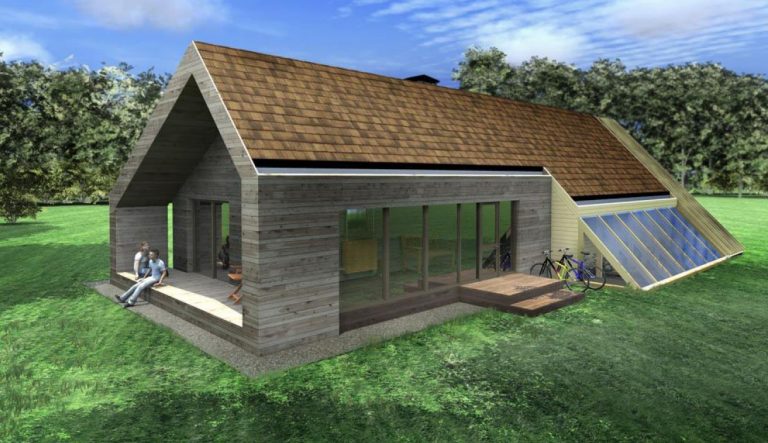
 SES in tandem with batteries is able to fully satisfy the energy demands of a private house. In addition, the heat supply of the residential building is carried out. When surplus electricity arises, the system immediately transforms them into hydrogen and sends it to storage in special containers. In the cold period, with the help of a fuel cell, the hydrogen accumulated in the cylinders is converted into electricity and heat energy.
SES in tandem with batteries is able to fully satisfy the energy demands of a private house. In addition, the heat supply of the residential building is carried out. When surplus electricity arises, the system immediately transforms them into hydrogen and sends it to storage in special containers. In the cold period, with the help of a fuel cell, the hydrogen accumulated in the cylinders is converted into electricity and heat energy. It should be noted that the average German family of 5 people living in a private house needs 4,000 kWh during the year. Based on these calculations, the manufacturer advises installing SES, whose power is 8-12 kilowatts. The limits of the efficiency of a solar power plant are determined by the volume of the hydrogen storage ring.
It should be noted that the average German family of 5 people living in a private house needs 4,000 kWh during the year. Based on these calculations, the manufacturer advises installing SES, whose power is 8-12 kilowatts. The limits of the efficiency of a solar power plant are determined by the volume of the hydrogen storage ring.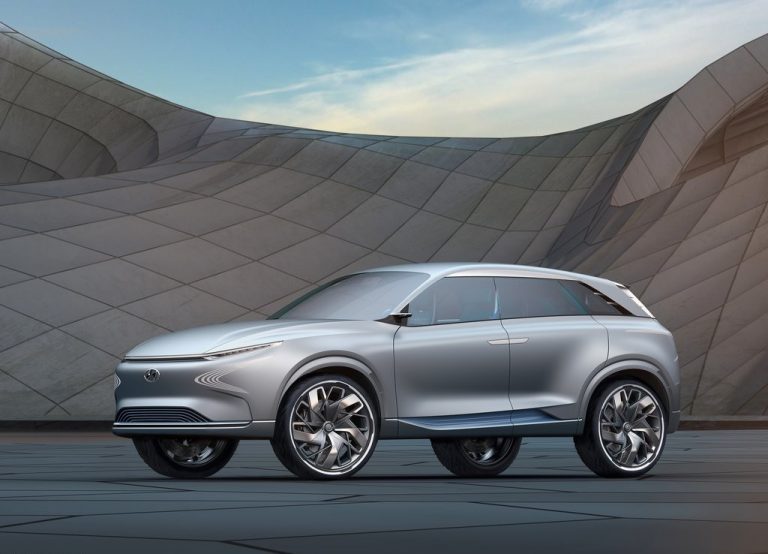
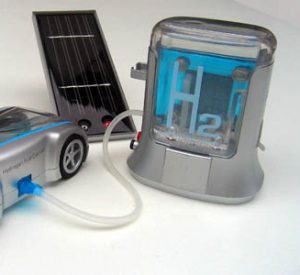 The battery based on ammonia and hydrogen has special ammonia compartments, which have a special protective membrane and controller. The structure of the protective membrane is a special pride of scientists from Australia. This component of the innovative battery makes it possible to separate pure hydrogen by reaction with ammonia. At the same time, the membrane filters out various impurities, which greatly simplifies the process of using the dedicated connection.
The battery based on ammonia and hydrogen has special ammonia compartments, which have a special protective membrane and controller. The structure of the protective membrane is a special pride of scientists from Australia. This component of the innovative battery makes it possible to separate pure hydrogen by reaction with ammonia. At the same time, the membrane filters out various impurities, which greatly simplifies the process of using the dedicated connection. Experts say that there is no need to expect a big rush on sales in the European market. But for the Asian automotive market, this technology can be a real salvation. The thing is that in Asian countries the city has long been suffocating from the corrosive smog, which appeared due to the intensive work of harmful production complexes. The situation is exacerbated by the large amount of exhaust gas received from traditional cars on fuel fuels.
Experts say that there is no need to expect a big rush on sales in the European market. But for the Asian automotive market, this technology can be a real salvation. The thing is that in Asian countries the city has long been suffocating from the corrosive smog, which appeared due to the intensive work of harmful production complexes. The situation is exacerbated by the large amount of exhaust gas received from traditional cars on fuel fuels.
 The pre-emptive number of electric cars registered for January-July of this year has a mileage. The number of used cars was 84 percent of the total amount imported into our country.
The pre-emptive number of electric cars registered for January-July of this year has a mileage. The number of used cars was 84 percent of the total amount imported into our country. In addition to production capacity, the Strategy includes the construction of ten high-speed autobahns. The road surface will undergo changes throughout Ukraine. They even plan to create roads that can generate electricity. The transport strategy has not bypassed the train.
In addition to production capacity, the Strategy includes the construction of ten high-speed autobahns. The road surface will undergo changes throughout Ukraine. They even plan to create roads that can generate electricity. The transport strategy has not bypassed the train.
 Also in the company Modus group said that they are ready to invest money not only in Ukrainian projects. The company’s representatives actively monitor new projects across Europe and are looking for opportunities to invest in the energy markets of those countries where alternative energy is only gaining momentum. That’s why the company’s experts consider the Ukrainian market to be one of the most promising.
Also in the company Modus group said that they are ready to invest money not only in Ukrainian projects. The company’s representatives actively monitor new projects across Europe and are looking for opportunities to invest in the energy markets of those countries where alternative energy is only gaining momentum. That’s why the company’s experts consider the Ukrainian market to be one of the most promising. It is also important to note that recently there was official information about the start of the work of the first stage of Sokhtak Solar Energy, which is a significant object on the energy map of Ukraine. The station is located in the Zaporozhye region, the city of Tokmak. The current capacity is 11 megawatts, after completion of construction work it will increase to 50 megawatts. The station is considered one of the largest in our country.
It is also important to note that recently there was official information about the start of the work of the first stage of Sokhtak Solar Energy, which is a significant object on the energy map of Ukraine. The station is located in the Zaporozhye region, the city of Tokmak. The current capacity is 11 megawatts, after completion of construction work it will increase to 50 megawatts. The station is considered one of the largest in our country.
 Financial investments in this area of alternative energy are estimate at 88,000,000 euros. The State Energy Efficiency Agency reports that such a sharp jump in installed capacity is associated with the adoption of a law on the binding of a “green” tariff to the euro. This bill touched upon those stations of a private nature, which have a power of less than 30 kilowatts.
Financial investments in this area of alternative energy are estimate at 88,000,000 euros. The State Energy Efficiency Agency reports that such a sharp jump in installed capacity is associated with the adoption of a law on the binding of a “green” tariff to the euro. This bill touched upon those stations of a private nature, which have a power of less than 30 kilowatts. The owner of the station also told that the transfer of data from the station about the amount of generated energy is carry out via the Internet. To keep track of these data, Igor needs to visit his private office from a mobile phone or computer.
The owner of the station also told that the transfer of data from the station about the amount of generated energy is carry out via the Internet. To keep track of these data, Igor needs to visit his private office from a mobile phone or computer.
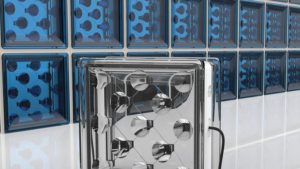 The production of a special type of glass embedded solar panels is carried out by the company Build Solar. The essence of the new technology is to integrate into the working tandem technology of generating electricity through the use of a solar beam of rays with the newest methods of construction work.
The production of a special type of glass embedded solar panels is carried out by the company Build Solar. The essence of the new technology is to integrate into the working tandem technology of generating electricity through the use of a solar beam of rays with the newest methods of construction work. The manufacturer of the Solar Squared photovoltaic system asserts that the payback period of the innovation is rather small. In addition to generating electricity, solar glass units can significantly improve the thermal insulation of the premises. Thanks to the modular system of building glass solar blocks, they can be integrated into the object of any architecture.
The manufacturer of the Solar Squared photovoltaic system asserts that the payback period of the innovation is rather small. In addition to generating electricity, solar glass units can significantly improve the thermal insulation of the premises. Thanks to the modular system of building glass solar blocks, they can be integrated into the object of any architecture.
 The use of solar ponds has been practiced in the world for many years. There were cases when the temperature of the bottom salt layer reached 110 degrees. According to theoretical data, the temperature parameters with increasing water salinity to the maximum mark can be raised to 150 degrees Celsius.
The use of solar ponds has been practiced in the world for many years. There were cases when the temperature of the bottom salt layer reached 110 degrees. According to theoretical data, the temperature parameters with increasing water salinity to the maximum mark can be raised to 150 degrees Celsius. Next is a layer that acts as isolation. The concentration of salt in it increases from the top down. Most often it is called a thermo cline. Here the temperature values are distributed as sharply as possible; the level of salt in water is also distributed unevenly. The characteristics of the solar reservoir directly depend on this layer.
Next is a layer that acts as isolation. The concentration of salt in it increases from the top down. Most often it is called a thermo cline. Here the temperature values are distributed as sharply as possible; the level of salt in water is also distributed unevenly. The characteristics of the solar reservoir directly depend on this layer.


